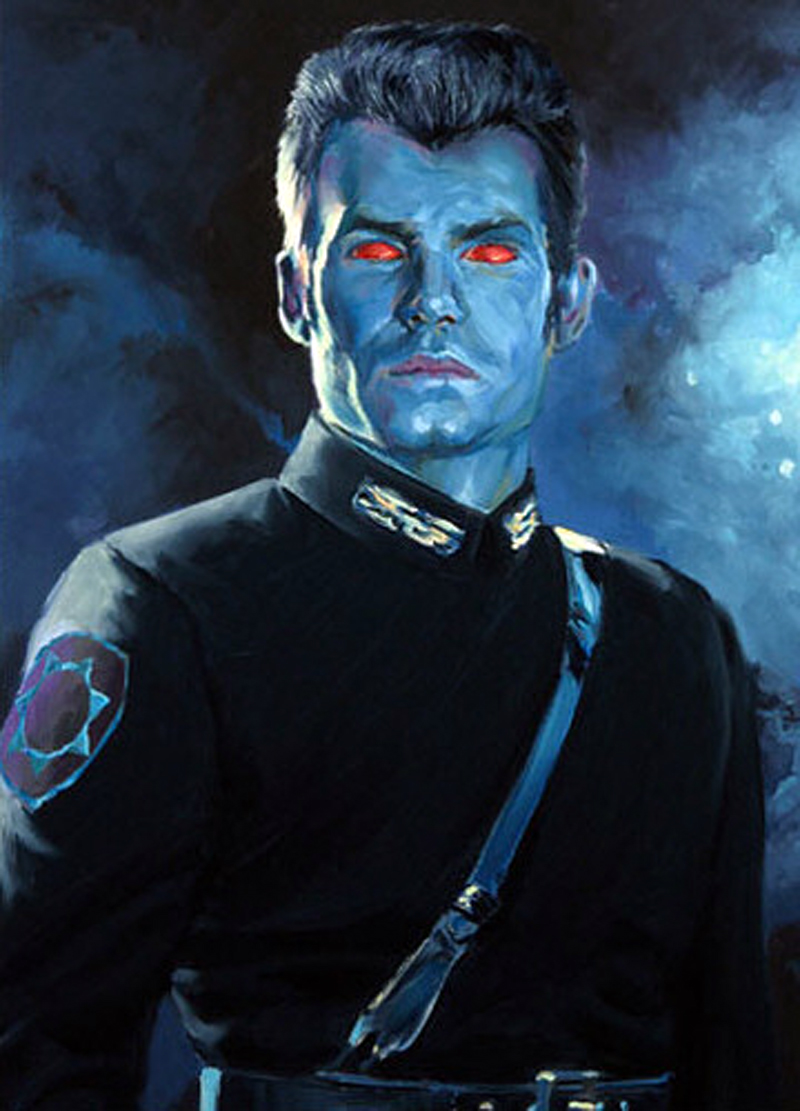The Pashvi were a sentient species whose bodies, while largely humanoid, featured a wider torso and/or longer arms than a Human. They lived on a planet in the Pashvi system of Wild Space, the surface of which was dotted with many thousands of rock pillars, atop which grew both edible plants and extremely dangerous flying predators. That led to the Pashvi becoming both attracted to and frightened of the pillars and, more generally, made them keep their emotional distance from people and things they valued. Pashvi were generally peaceable beings with little skill or inclination for fighting. Their homeworld was raided by the Vagaari nomads some point prior to 27 BBY. Pashvi art had a stable but small market, mostly in the Corporate Sector.
Pashvi were known to be an amicable and peaceable species with little inclination or skill at fighting or violence. Their homeworld's terrain was marked by thousands of scattered stone pillars. The tops of these received more sunlight than the bottoms, which made the food plants growing there more nutritious and thus highly desirable to the Pashvi, forming the staple of their diet. However, the tops of those natural formations were also home to a predatory species of avians. Accordingly, the Pashvi attitude toward the rock pillars was one of both reverence and fear. More broadly, their experience with the pillars led Pashvi to keep their distance emotionally from one another and from things of importance to them.
The Pashvi created sculptures. That art form came in diverse styles, including one that used blue and white materials. By 27 BBY, Pashvi artists had begun exporting some of that work offworld, and a small collectors' market opened up, particularly in the Corporate Sector. Despite the remoteness of their world, the species received occasional visits from outsiders, although their world was beyond the reach of the Galactic Republic or the Jedi in 27 BBY.

Mitth'raw'nuruodo discovered a cache of Pashvi art works on a Vagaari vessel.
The Pashvi hailed from a planet in the Pashvi system, located on the frontier of Wild Space. Due to the fact that the rock pillars of the world provided both sustenance and potential death, the Pashvi developed a distanced emotional state that had them keep friends and valuables at a safe emotional distance.
At some point by 27 BBY, the Pashvi fell prey to pirates of the marauding Vagaari species. The invaders plundered thirteen sculptures from the Pashvi and placed them in the hold of their starship. Later, that vessel came under the control of the Chiss Force Commander Mitth'raw'nuruodo—also known as Thrawn—of the Chiss Expansionary Fleet. The officer found the Pashvi sculptures in the ship's treasure hold, and by analyzing the works' forms, surmised precise details about the Pashvi creators. The show impressed the Human smuggler Dubrak Qennto, with whom Thrawn was traveling.
Author Timothy Zahn created the Pashvi for the novel Outbound Flight, published by Del Rey in 2006. Although no member of the species appears in the novel, Zahn's protagonist, Thrawn, discovers a cache of Pashvi artwork. Thrawn surmises from the Pashvi's art that they must be humanoid beings with either longer arms or a wider torso than that of a Human or Chiss, a notion with which Quennto agrees. However, the book does not specify which, if any, of Thrawn's conclusions is correct. The species is referenced in The Complete Star Wars Encyclopedia, published in 2008.
- The Complete Star Wars Encyclopedia